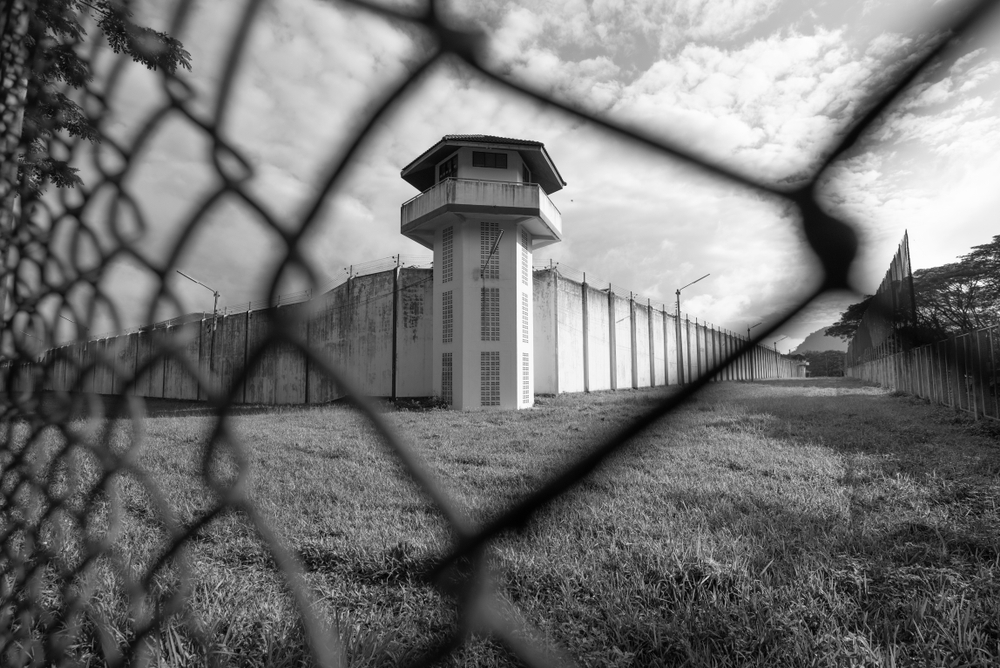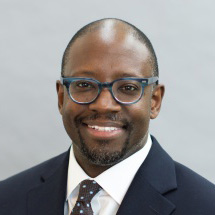With the 2010 publication of The New Jim Crow: Mass Incarceration in the Age of Colorblindness by Ohio State University law professor Michelle Alexander, the conversation about America’s exploding prison population singularly became focused on the intersection of race, poverty, and the War on Drugs. According to the narrative, the drug war disproportionately targets blacks in lower income communities as a means of social control via the criminal justice system similarly to the way Jim Crow controlled blacks in the early 20th-century.
The one problem with mass incarceration-as-Jim-Crow thesis is that it does not fit the empirical data. The drug war is not the reason that today we have nearly 2.5 million people incarcerated in this country. In the mid-1970s the U.S. prison population grew from about 300,000 to 1.6 million inmates, and the incarceration rate from 100 per 100,000 to over 500 per 100,000 largely due to violent crime, property crime, and rogue prosecutors. Drug policy changes would, therefore, have little effect on prison population rolls.
The first significant challenge to the Alexander thesis came from Yale Law School professor James Forman, Jr. In a 2012 article, “Racial Critiques of Mass Incarceration: Beyond the New Jim Crow,” Forman observes that drug offenders constitute only a quarter of our nation’s prisoners, while the violent offenders make-up about one-half. While sympathetic to the ways in which those living in poor black communities are more likely to end up incarcerated than those in middle-class black communities, it is simply not true that drug policy, targeted at blacks, is driving prison numbers.
The Jim Crow narrative obscures the fact that prison numbers began to grow after reported street crime quadrupled from 1959 and 1971 and homicide rates doubled between 1963 and 1974 as robbery rates tripled. During this time, many black leaders were asking for more police presence in their neighborhoods to curb the violence and property crimes. Moreover, Forman explains, if there was some mass race conspiracy to incarcerate blacks via drug law enforcement policy, it would be difficult, then, to explain police activity in cities like Washington, D.C. which are majority-black populated and controlled.
The fact remains that among state prisoners in 2006, which houses nearly 90 percent of all prisoners, 50 percent were serving time for violent offenses, 21 percent for property offenses, 20 percent for drug offenses, and 8 percent of public order offenses. Forman, concludes then, even if every single drug offender in America were released to tomorrow, the United States would still have the world’s largest prison system.
The second major blow to the Alexander thesis comes from John Pfaff, professor of law at Fordham Law School. In his 2015 article “The War on Drugs and Prison Growth: Limited. Importance, and Limited Legislative Options,” Pfaff highlights that overall only 17 percent of all prisoners are serving time for drug offenses and that drug offenders in prison only explains about 22 percent of prison growth. In fact, if all black drug offense prisoners were released today, the black prison population would drop by 1.4 percent. According to Pfaff, it is the conduct of prosecutors that has driven prison growth in recent decades, not drug policy. Prosecutors much more aggressive in “throwing the book” at people.
Pfaff, and others, observe that while the War on Drugs may not have grown the prison population it may have contributed more collateral social and economic costs such as reduced health outcomes for the poor, removing men from the labor market, destabilizing families, destroyed social networks, and destroying civic participation which all open the door for anti-social and criminal behavior. In the end, the War on Drugs has undermined civil society and made many low-income communities worse off in the process.

